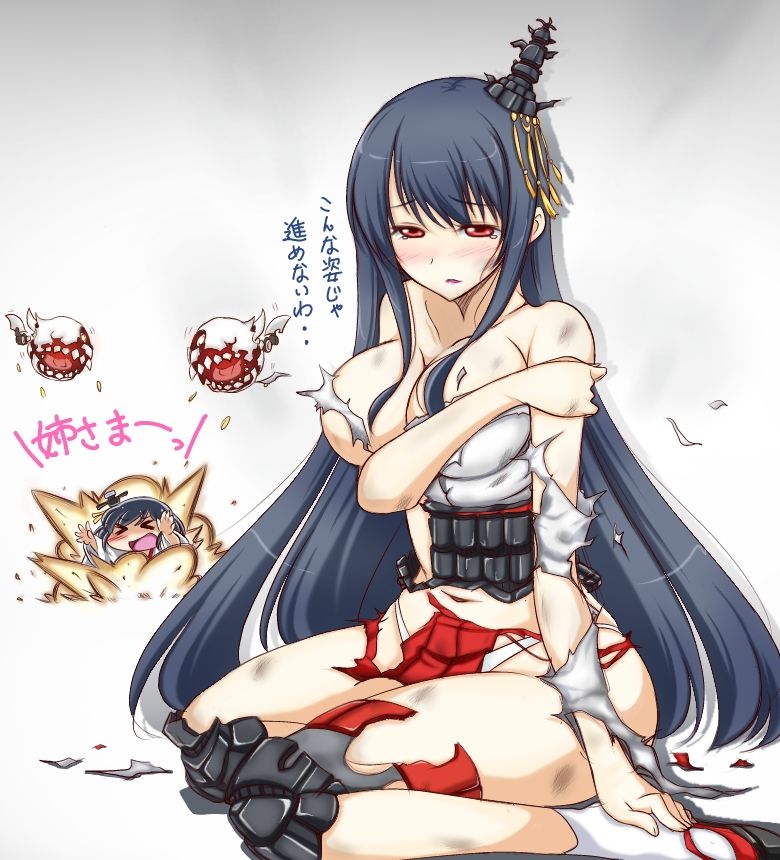- Location
- In the depts of despair.
Part of the reason the US DAMCON was so effective is that the ships themselves were build taking into account all WWI Germany's lessons from before Jutland which had dedicated DAMCON facilities, more subdivisions between bulkheads and redundancies for electricity, internal comms and firefighting pipelines. Also the DAMCON doctrine was superior, considering the responsability of the captain and personnel to take measures for the survival of the ship first instead of trying to keep fighting ability (for example counterflooding was regarded as a last resort despite it could help keep a more stable shooting plataform).
As for Thompson and the Army Air Force? Teach them the Weave, that simple tactic better distributed to the rest of the fighter corps alongside some other advanced tactics against nimble planes will be of use. He doesn't even need to point towards the Zero to keep their interest, just mention the experiences of both the BF-109's vs the Splitfire in Europe and the local authorities will se the wisdom of having a counter against them.
As for Thompson and the Army Air Force? Teach them the Weave, that simple tactic better distributed to the rest of the fighter corps alongside some other advanced tactics against nimble planes will be of use. He doesn't even need to point towards the Zero to keep their interest, just mention the experiences of both the BF-109's vs the Splitfire in Europe and the local authorities will se the wisdom of having a counter against them.

